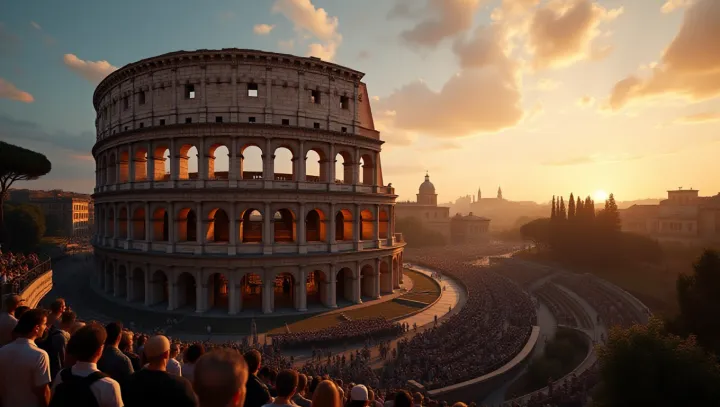Explore the Grand Arena: The Colosseum's Legacy

In the heart of Rome stands the Colosseum, a monument of architectural brilliance, capable of holding between 50,000 to 80,000 spectators. This immense capacity speaks volumes about the grandeur and significance of the structure in ancient Rome. Built as a testament to Roman engineering and public entertainment, the Colosseum hosted an array of spectacles, from gladiatorial contests to dramatic performances.
Its ability to accommodate such a large audience underscores not only the architectural prowess of the Romans but also their desire to foster community and collective experiences. According to some architectural historians, the Colosseum's design was ahead of its time. It featured a complex system of entrances and exits to facilitate efficient crowd movement—a necessity given its vast seating.
This ensured the safety and comfort of those attending the often elaborate performances. The Colosseum remains a cultural icon, drawing millions of visitors each year. It continues to captivate with its history and scale, offering insights into the societal structures of ancient Rome.
Modern architects and historians alike view the Colosseum as an essential study in understanding the interaction between space and public engagement.
